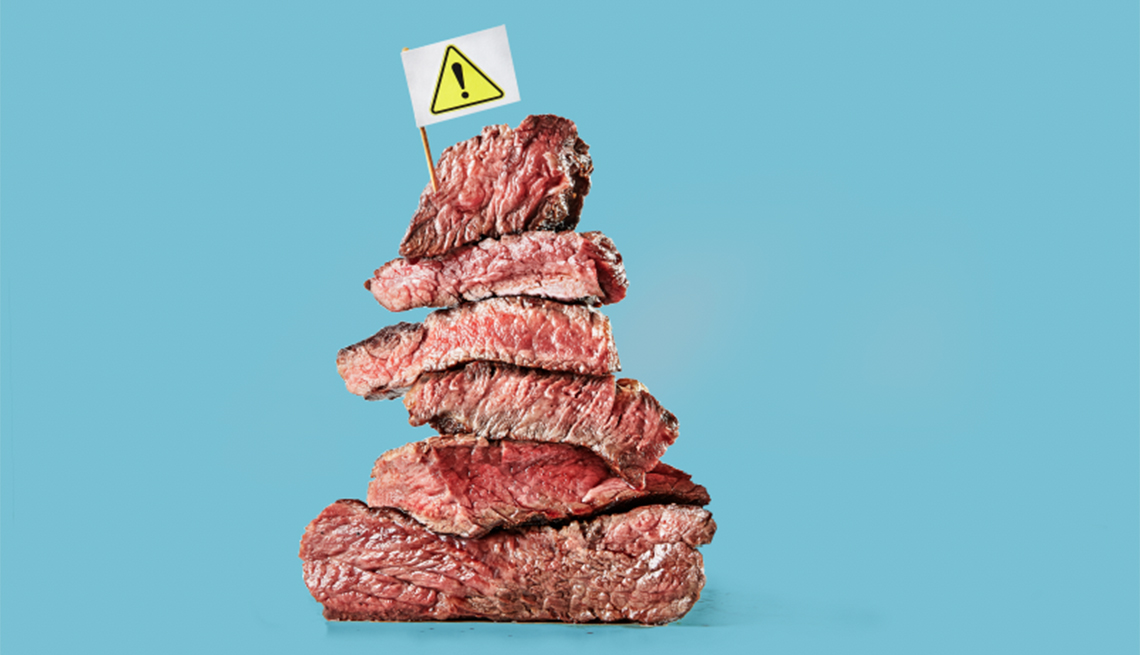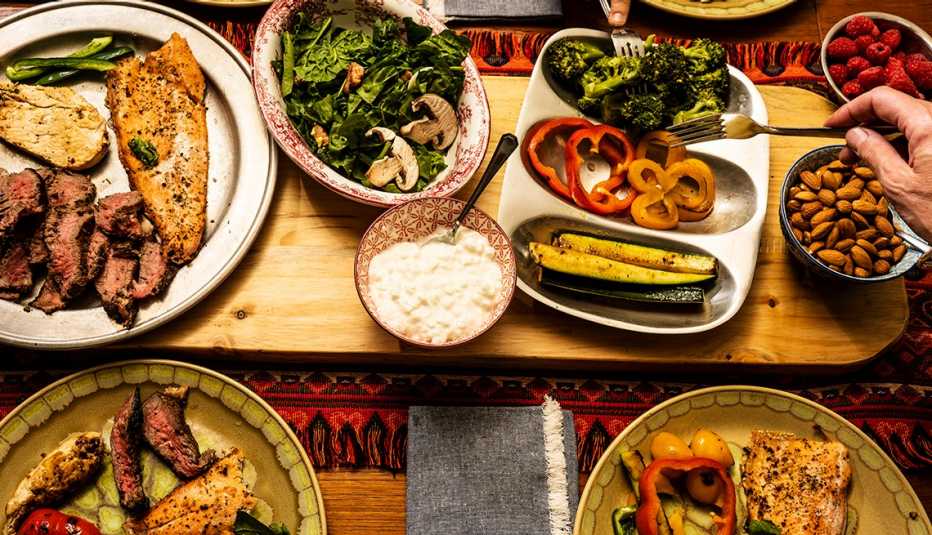Staying Fit
For decades, health experts have been warning us away from red and processed meats (like sausage and cold cuts). “People who eat the most red meat are more prone to developing cardiovascular disease, type 2 diabetes, obesity, colorectal cancer and other cancers,” says Frank Hu, chair of the Department of Nutrition at Harvard's School of Public Health, who has tracked the diets of 300,000 people for up to four decades. “There is remarkable consistency and reproducibility in the evidence."
But a recent study in the Annals of Internal Medicine created a huge stir by reporting that the links between meat and health consequences were insignificant and by issuing a new set of guidelines recommending that people stop trying to cut back on meat. To understand whether bacon burgers are good or bad, we sat down with David Katz, M.D., founding director of the Yale-Griffin Prevention Research Center at the Yale School of Public Health and founder of the True Health Initiative, a global watchdog coalition of more than 500 health and nutrition experts.


AARP Membership— $12 for your first year when you sign up for Automatic Renewal
Get instant access to members-only products and hundreds of discounts, a free second membership, and a subscription to AARP the Magazine.
AARP: These new guidelines seem to exonerate meat. Does that mean we can now go wild on pastrami?
Katz: That wouldn't be wise. There are actually two ways to characterize these findings. One is based on the researchers’ data, and the other is based on the guidelines they issued. Because those two things don't align.


Meat By The Numbers
109 pounds: Amount of red meat consumed by the average American each year
18%: Increase in risk of heart disease mortality from one serving a day of red meat
23%: Increase in risk of breast cancer for women who eat the most red meat
The researchers’ data actually show that eating more red and processed meats increases rates of premature death. But they then issued guidelines that say, “Go ahead and continue eating these meats anyway.”
That doesn't make sense. How did the researchers justify such recommendations?
The researchers analyzed their data using a method called GRADE, which was designed for use in drug trials. But it's inappropriate when you're reaching conclusions about dietary patterns. Not surprisingly, the GRADE method determined that the link between meat and poor health was weak. But if you score these studies properly, the evidence is extremely strong.
The researchers claim that the studies that do link red meat to disease are observational studies and we don't have enough long-term randomized trials to prove the link. But the idea that you can't learn something from observation is glaringly false. Think about telling kids not to run with scissors. We don't have randomized controlled trials of kids running with scissors, do we? We just know from observation that it's dangerous.



































































